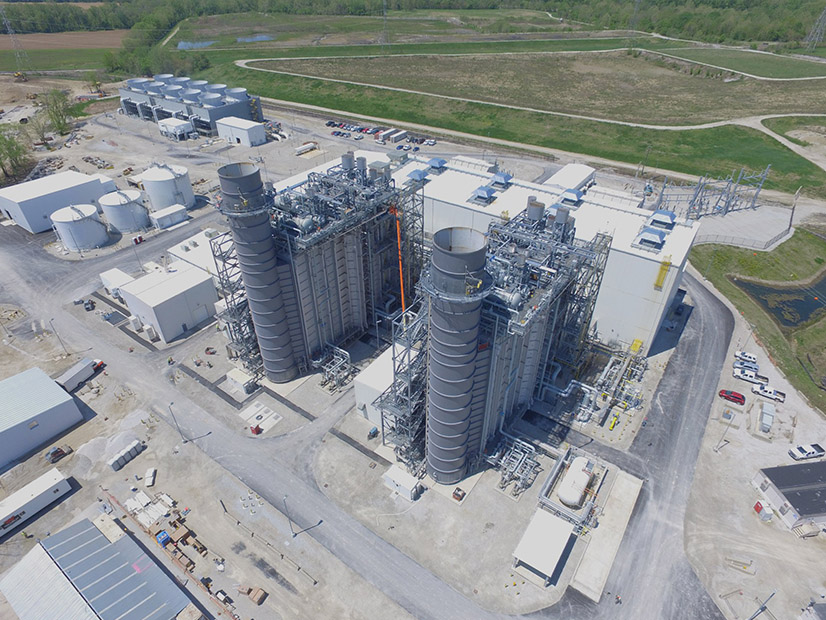
MISO stakeholders say the grid operator’s plan to fold a stakeholder group dedicated to loss-of-load estimates into its resource adequacy subcommittee by year’s end will result in papering over a full risk picture.
They said there’s good reason to keep the Loss of Load Expectation Working Group (LOLEWG) because it helps shape the annual LOLE study and the Resource Adequacy Subcommittee (RASC) reviews the results with little opportunity for stakeholder input.
Travis Stewart, representing the Coalition of Midwest Power Producers, said LOLE discussions are “proactive” in the working group and “reactive” in the subcommittee.
“The intention is not to decrease transparency, but this move certainly will,” Stewart said. “Stakeholders are not asking for a yeoman’s work here. We’re really just asking for three to four meetings per year.”
Lynn Hecker, MISO’s senior manager of resource adequacy policy, said there’s substantial overlap of LOLE issues between both groups. She said MISO would be more efficient if it retires the LOLEWG by the end of the year and rolls discussion into RASC meetings, adding that staff already double-posts its study progress to both groups. (See MISO Moves to Disband Stakeholder Loss of Load Group.)
“This is not intended to reduce transparency or discussion by any means,” Hecker told the working group during a teleconference Thursday. She said MISO could schedule additional workshops to tackle the LOLE study’s more technical aspects.
Multiple stakeholders asked that MISO host the LOLEWG for at least another year.
Xcel Energy’s Kari Hassler pointed out that the RTO has already cut the number of RASC meetings from 12 to eight each year and that the meetings frequently run over agenda timeslots. She said she didn’t see how the RASC could take on another working group’s tasks.
“It seems like we have a lot of LOLE issues to address if the [seasonal auction and accreditation] is approved,” she said. “I very much want to maintain the LOLE working group.”
Hecker said staff will collect more stakeholder feedback on retiring the working group over the next two weeks and factor that into a final decision.
The grid operator is morphing its LOLE study into a seasonal calculation that includes four separate planning reserve margin requirements. It’s adding seasonal inputs to its LOLE model for the 2023/24 planning year, assuming FERC approval of seasonal capacity auction and resource-accreditation design proposals.
MISO resource adequacy engineer Darius Monson said staff will now calculate additional cold-weather outages by adding a forced outage adder for extremely cold temperatures. Previous LOLE estimates didn’t include extra generation outages brought on by plummeting temperatures, leading to an undercount of generation outages.
Some stakeholders said it’s still unclear how MISO will crunch LOL estimates to wind up with four separate planning reserve margin requirements.
With its recent capacity auction shortfall, MISO has an annual value of a one-day-in-5.6 years loss-of-load risk instead of its one-day-in-10 years target.
The LOLEWG is scheduled to meet again Sept. 6.



